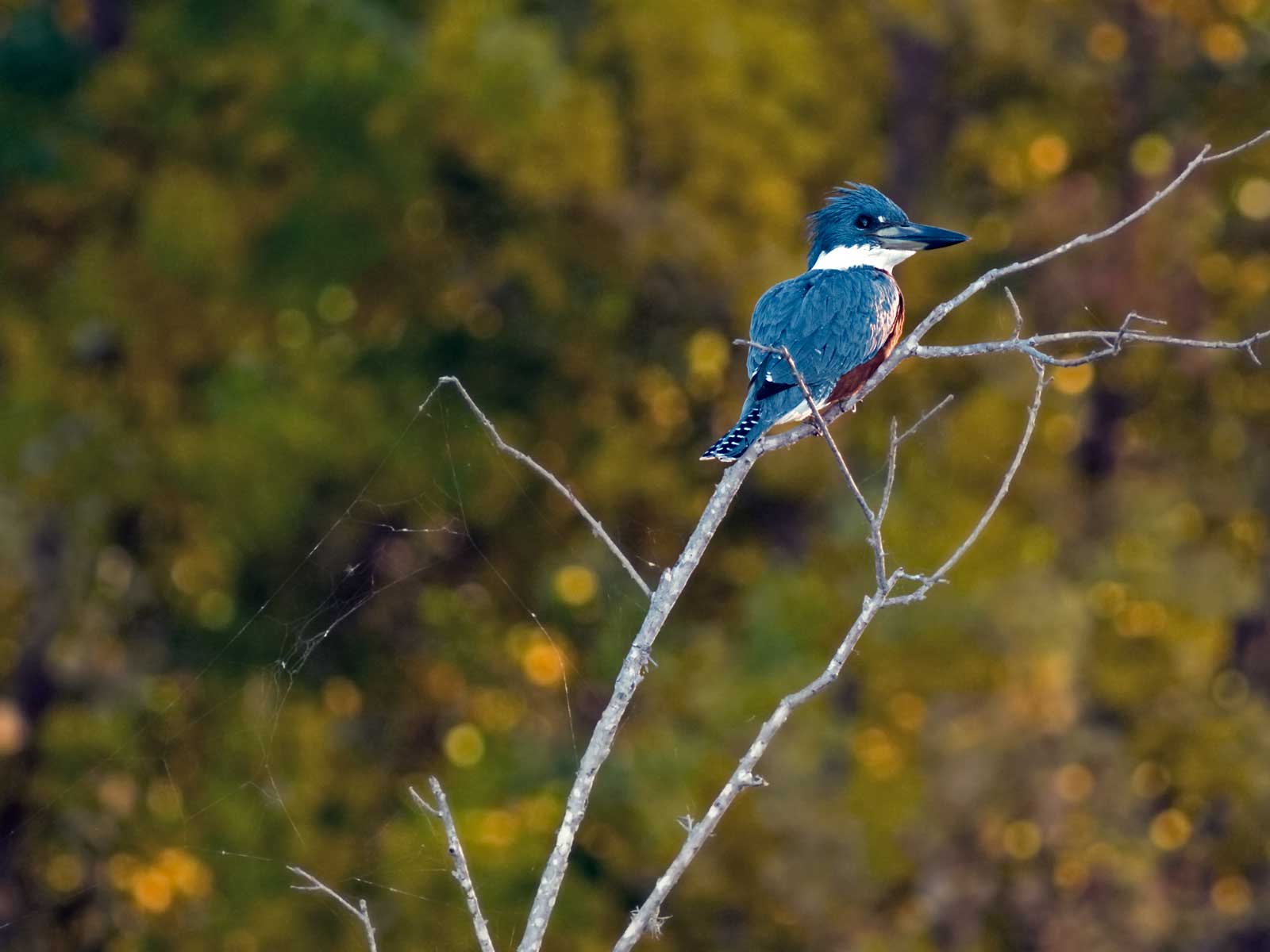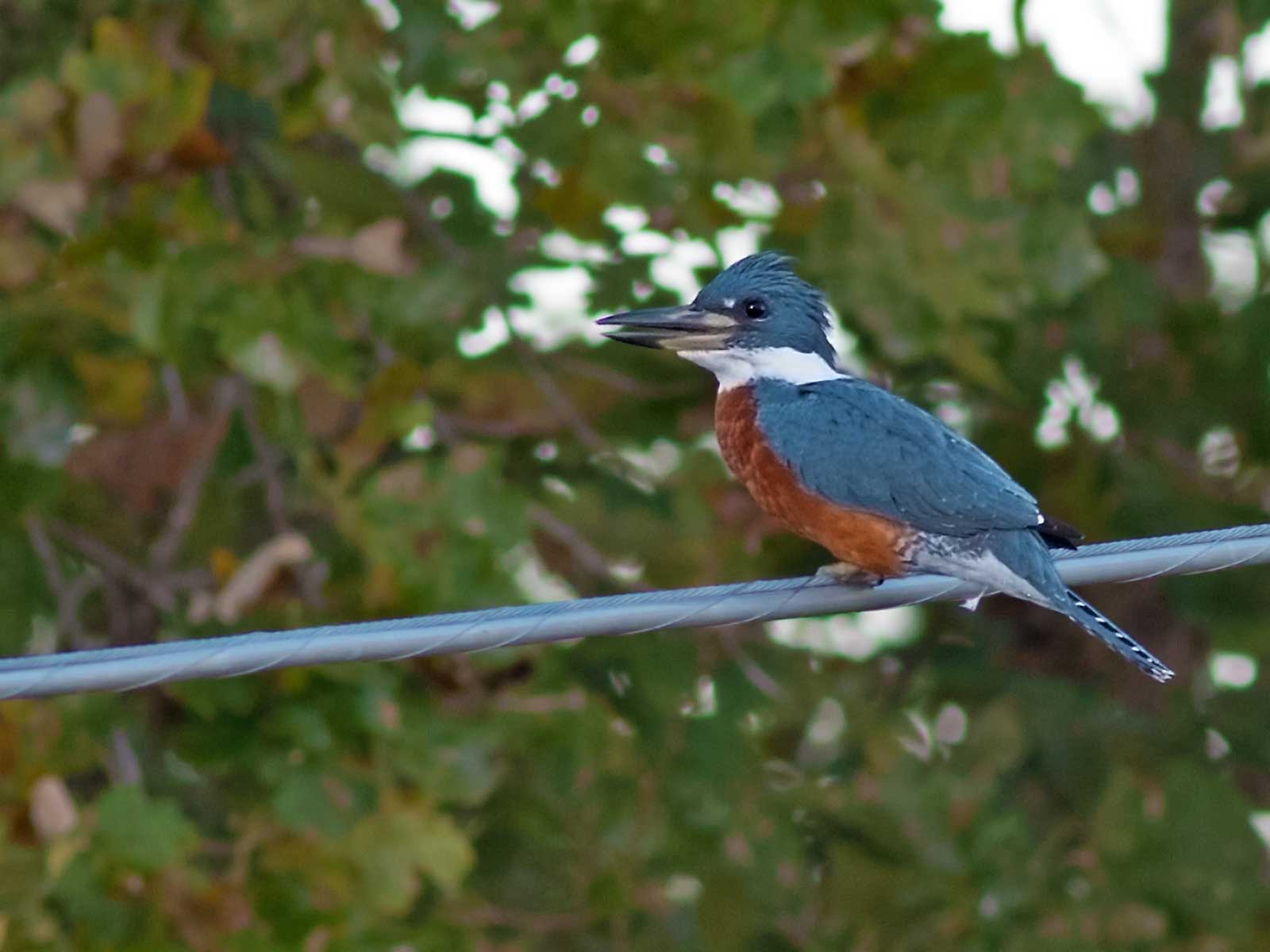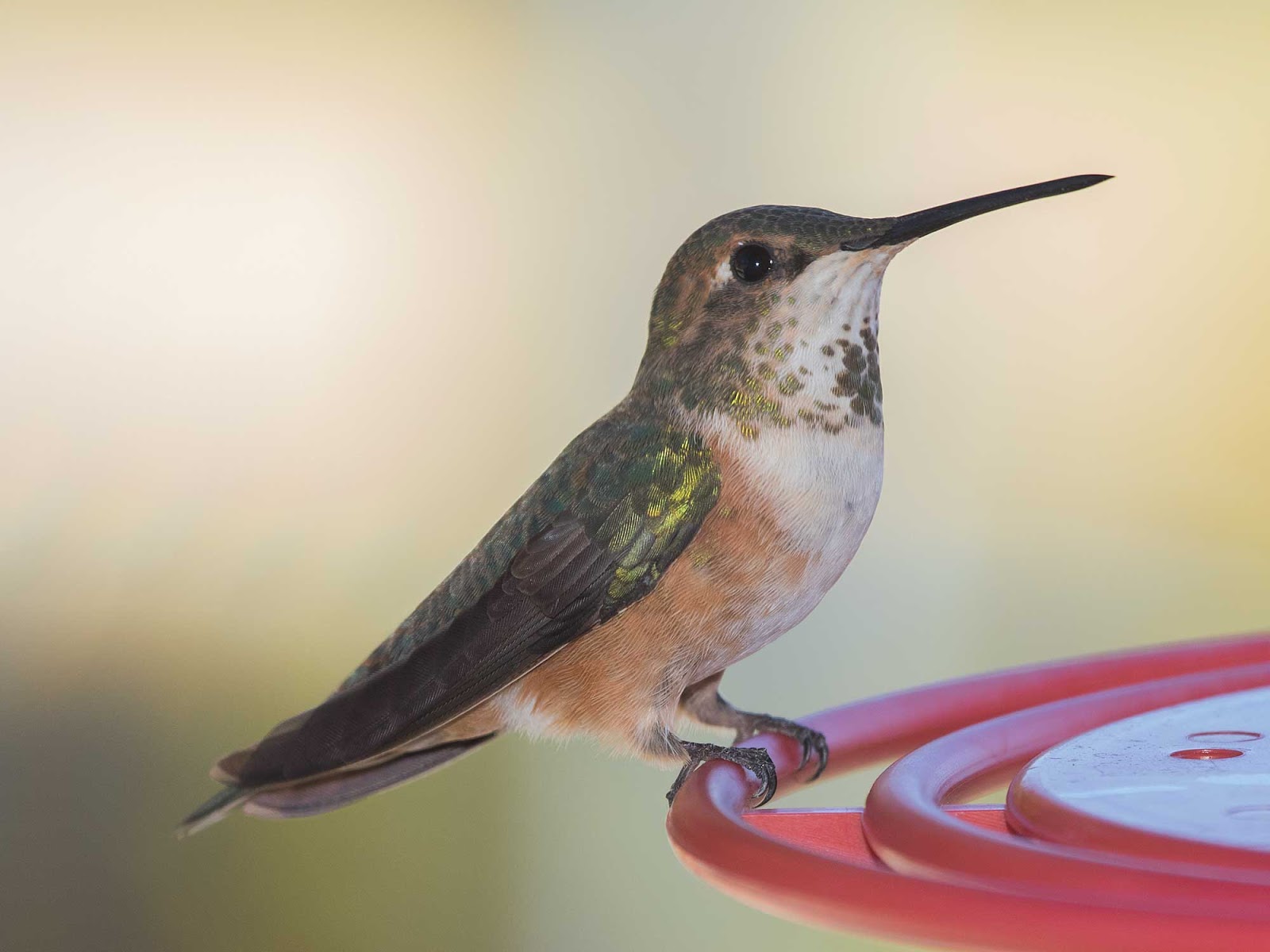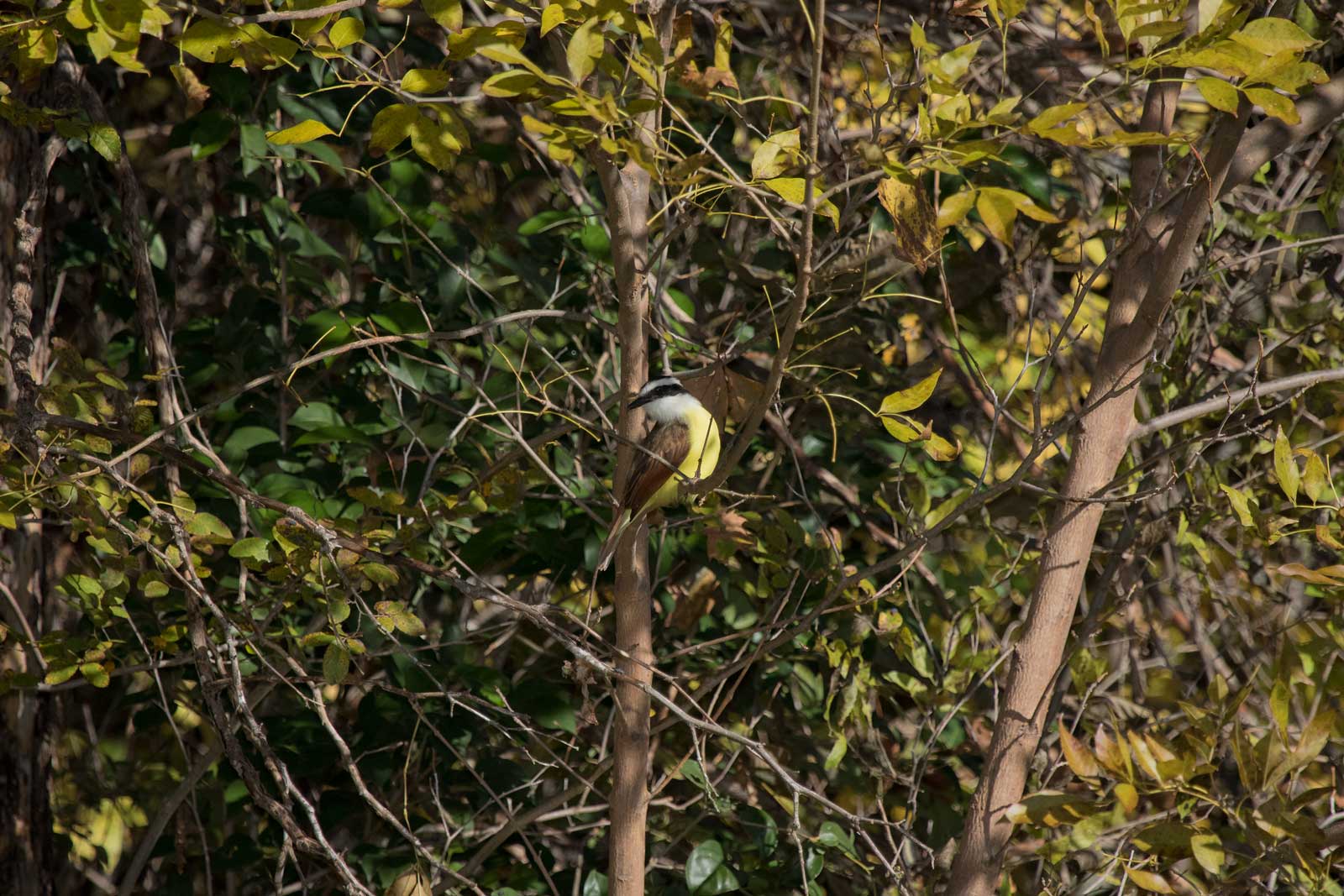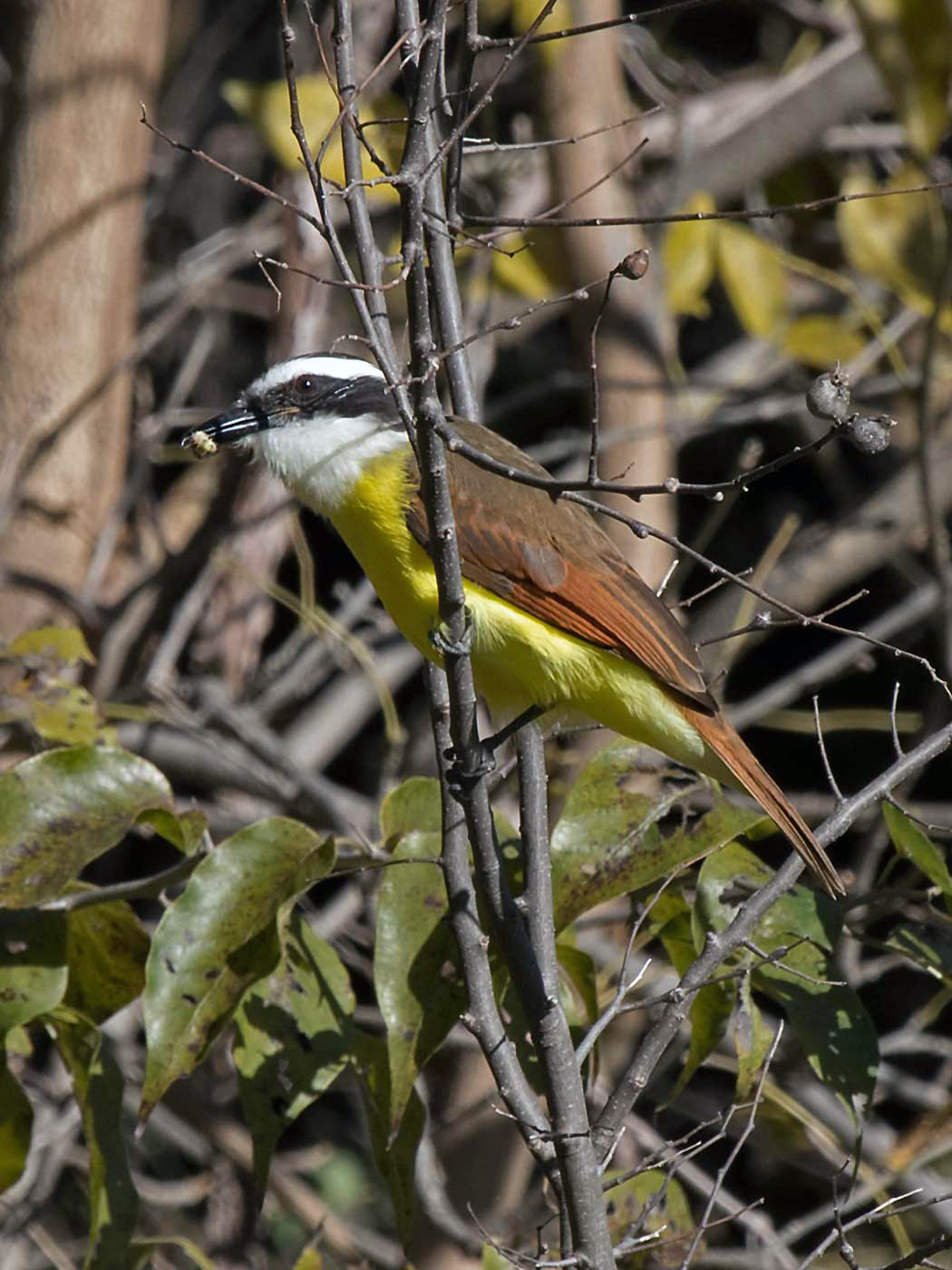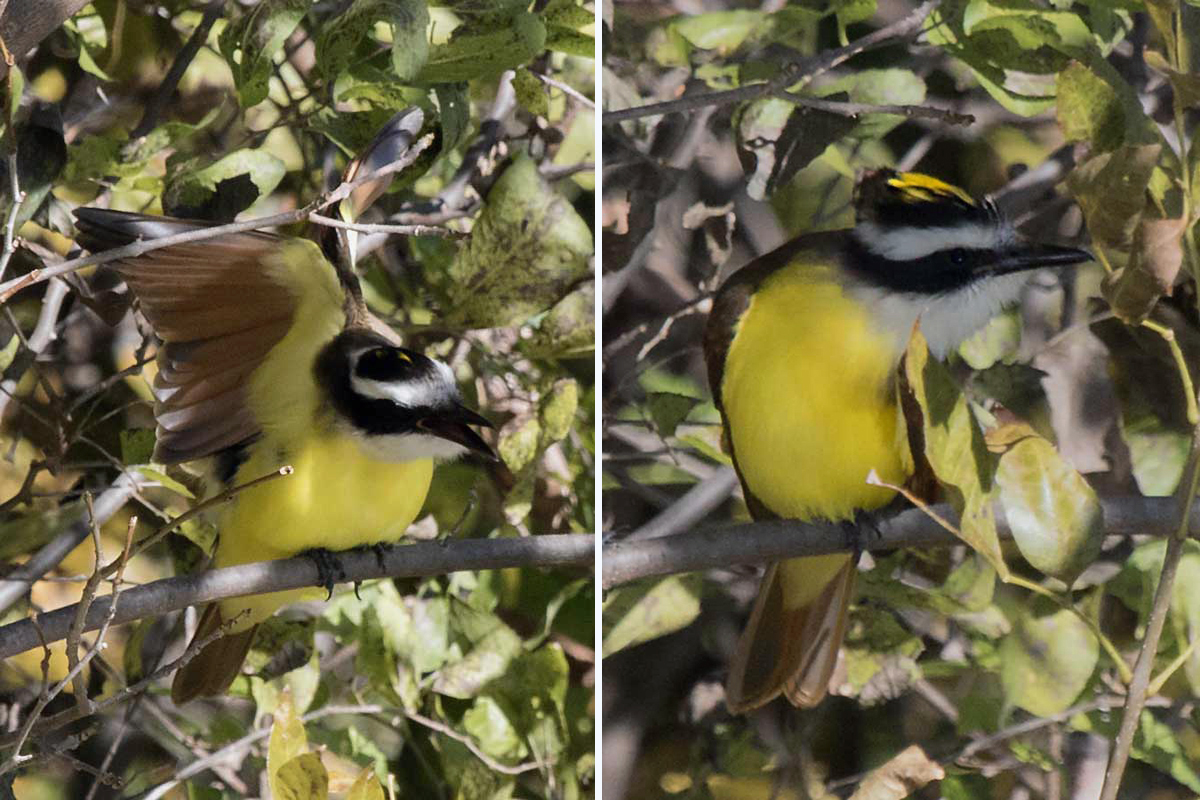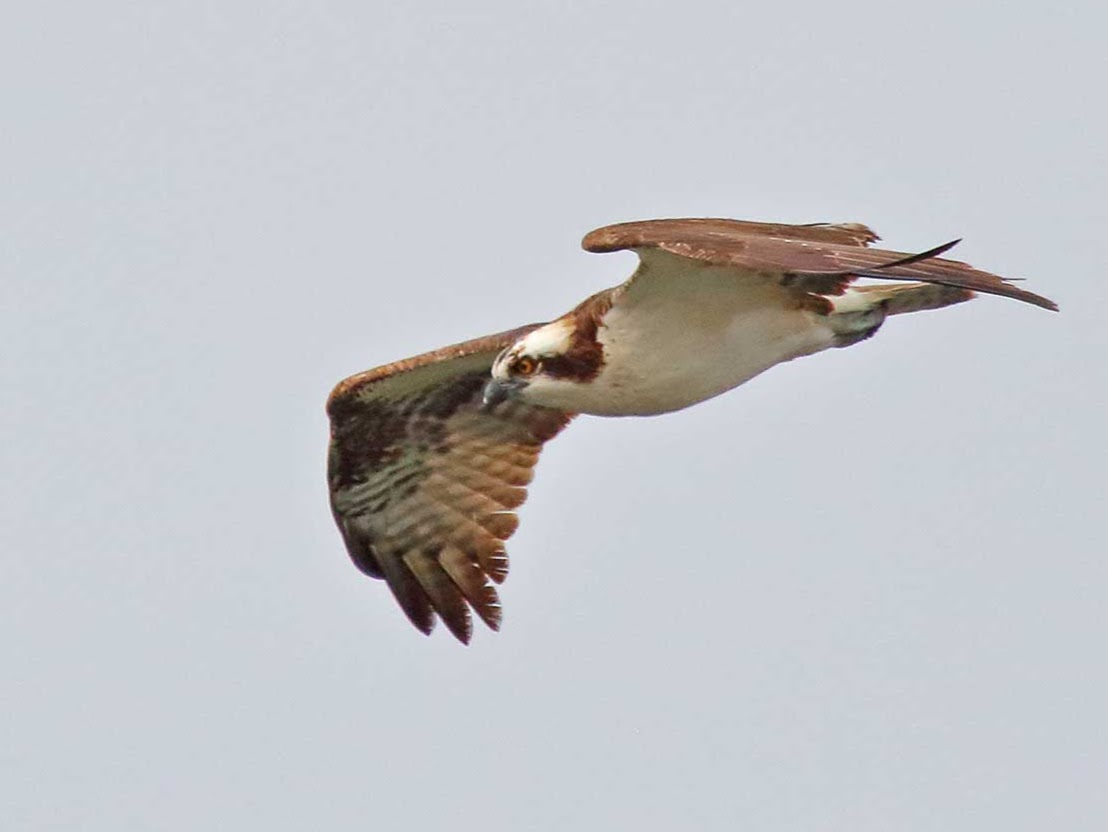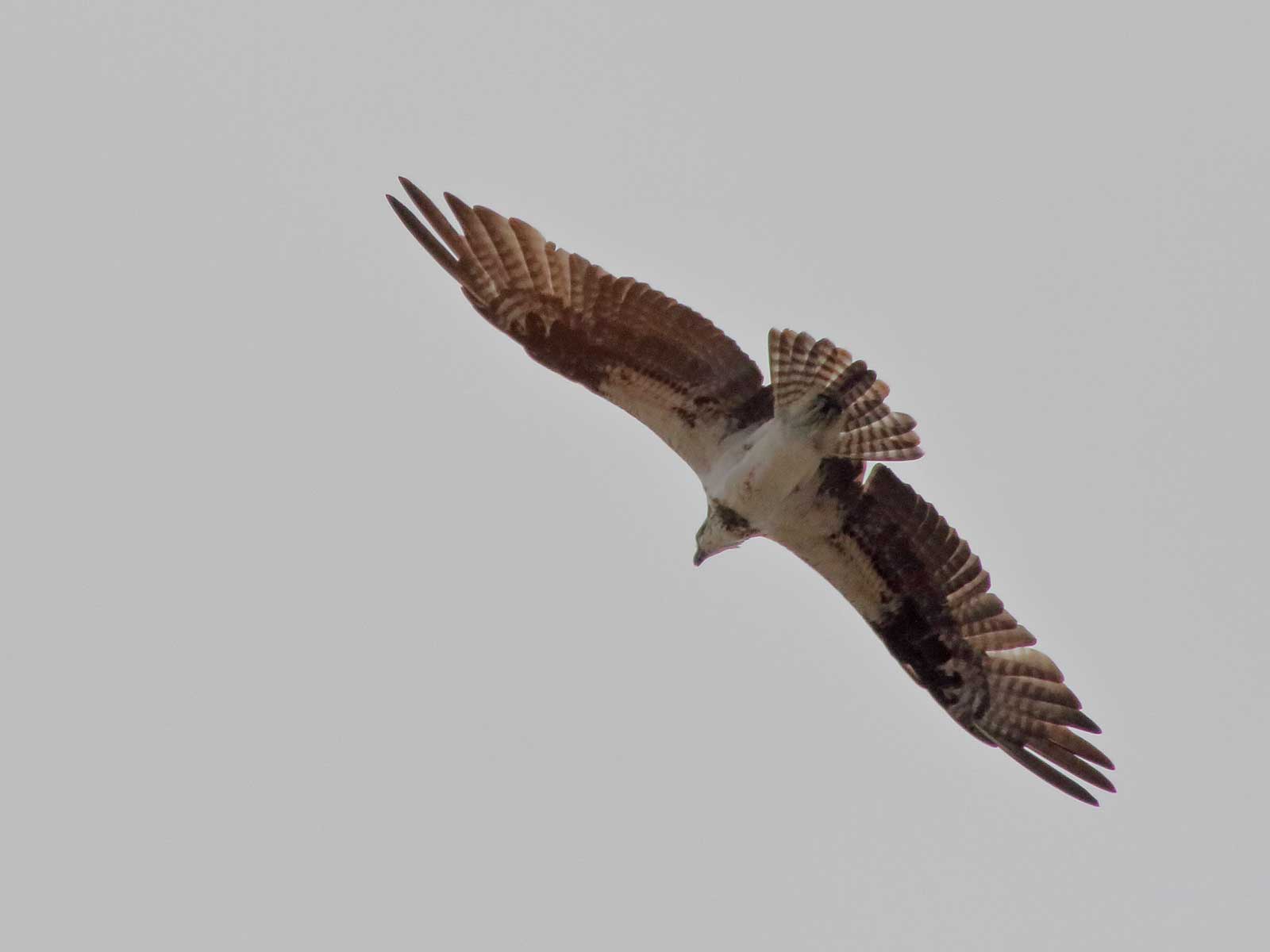This Thanksgiving weekend Danielle and I continued our search for new local birding spots.
Meadow Lake - Site 11 - On reports of a Hooded Merganser and a Western Grebe, we went to a residential park in Round Rock called Meadow Lake. No sign of either but we did see many waterfowl in the lake as well as some gulls and cormorants. Technically, this lake is listed as "Soil Conservation Service Site 14 Reservoir". Just to the west is a smaller "lake" listed as "Site 11" and which as no attached public park.
We spent an hour on Thursday and several hours on Friday exploring here. Initially, we saw a few sparrows flitting from one tree to another, evading us as we approached. At one point, I just parked myself in one spot and waited for the sparrows to drift back into view. This one below perched nearby and I noted the interesting yellow patch above the eye. I identified this as a
Savannah Sparrow, a new species for us. All of the sparrows we observed closely were of this type.
 |
| Canon 7DII, EF 100-400mm f/4.5-5.6L IS - ISO 800, 400mm, f/8, 1/1600 sec, Flash |
I next parked myself in some tall grasses next to the boggy water's edge. The trees next to me were visited by a a half dozen
Yellow-rumped Warblers such as this one below ...
 |
| Canon 7DII, EF 100-400mm f/4.5-5.6L IS - ISO 800, 380mm, f/6.3, 1/3200 sec, Flash |
... a solitary
Dark-eyed Junco ...
 |
| Canon 7DII, EF 100-400mm f/4.5-5.6L IS - ISO 800, 380mm, f/6.3, 1/4000 sec, Flash |
... as well as a hand full of female
Red-winged Blackbirds. Later in the evening a flock of fifty or so blackbirds settled in the trees. I was surprised that we never saw or heard any with male coloration.
 |
| Canon 7DII, EF 100-400mm f/4.5-5.6L IS - ISO 800, 380mm, f/6.3, 1/3200 sec, Flash |
In the later afternoon sun, I found this
Orange-crowned Warbler searching for insects in the brush. Here, it has picked one out of the spider webs.
 |
| Canon 7DII, EF 100-400mm f/4.5-5.6L IS - ISO 400, 400mm, f/8, 1/120 sec, Flash |
 |
| Canon 7DII, EF 100-400mm f/4.5-5.6L IS - ISO 400, 400mm, f/8, 1/250 sec, Flash |
As the sun was setting, we walked back to the car and practiced taking pictures of birds in flight as the ducks and cormorants circled the pond before settling in. I am not sure if these are
Redheads or
Lesser Scaups as the sun gave them all an orange hue.
 |
| Canon 7DII, EF 100-400mm f/4.5-5.6L IS - ISO 2500, 400mm, f/9, 1/1000 sec |
Doeskin Ranch, Balcones Canyonlands NWR - On Saturday, we got up early and went to Doeskin Ranch at sunrise. Given previous experiences at this site, I was surprised by just how few birds we saw. Any birds we did see were clustered in the grassy meadows near the parking lots. Our hike up the Rim Rock Loop, yielded only a single mockingbird. Even the vultures did not make an appearance until late morning. Regardless of the bird life, the foliage was wonderful, though a bit past its peak.
As we walked along the upper trails, we saw sparrows flushing out from the grass as we approached and Phoebes hunting insects from their perches. Danielle managed to get a front view of one of the
Eastern Phoebes whereas I seemed to be presented with only their back sides.
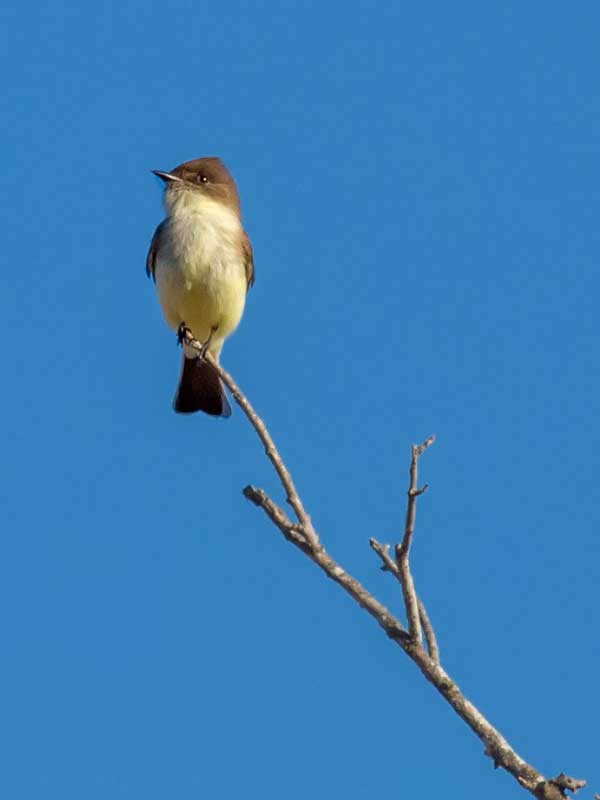 |
| Canon 60Da, EF 400mm f/5.6L - ISO 400, 400mm, f/6.3, 1/2500 sec (Danielle) |
Based on earlier success at Meadow Lake, I again parked myself low in the grass and waited for sparrows to find me. It took about 30 minutes for them to start ignoring me and returning to the perch in the scraggy brush you see around me.
This strategy netted me several new species. The first to appear were
Field Sparrows such as the one below. These were small and fuzzy looking with very plain heads and a complete white eye ring.
 |
| Canon 7DII, EF 100-400mm f/4.5-5.6L IS - ISO 400, 360mm, f/8, 1/800 sec, Flash |
The next species I identified in this spot was the
Song Sparrow, which I first saw at Seminole Canyon SP. I got a much closer look here.
 |
| Canon 7DII, EF 100-400mm f/4.5-5.6L IS - ISO 500, 400mm, f/10, 1/500 sec, Flash |
This next bird was a surprise identification that I made as I was triaging my pictures. Based on the white eye ring, I had thought it was a Field Sparrow. However, seeing the complex spotting of the back and the orange stripe over the eye, I decided it was actually a
Grasshopper Sparrow, yet another new species for us.
 |
| Canon 7DII, EF 100-400mm f/4.5-5.6L IS - ISO 400, 360mm, f/8, 1/400 sec, Flash |
In the trees near the creek, I found this fourth sparrow species of the day a
Chipping Sparrow with its bold eye line.
 |
| Canon 7DII, EF 100-400mm f/4.5-5.6L IS - ISO 400, 400mm, f/10, 1/320 sec, Flash |
Our hike around the Rim Rock Loop was not completely without excitement. As we returned down into the valley, this small
American Kestrel soared overhead. I was not prepared to take birds-in-flight at the time. As I fumbled to get the camera off of the tripod and change the settings, I forgot to extend the telephoto lens. I kicked myself afterwards for having taken these images at the wide-angle setting of the lens and missing much of the detail!
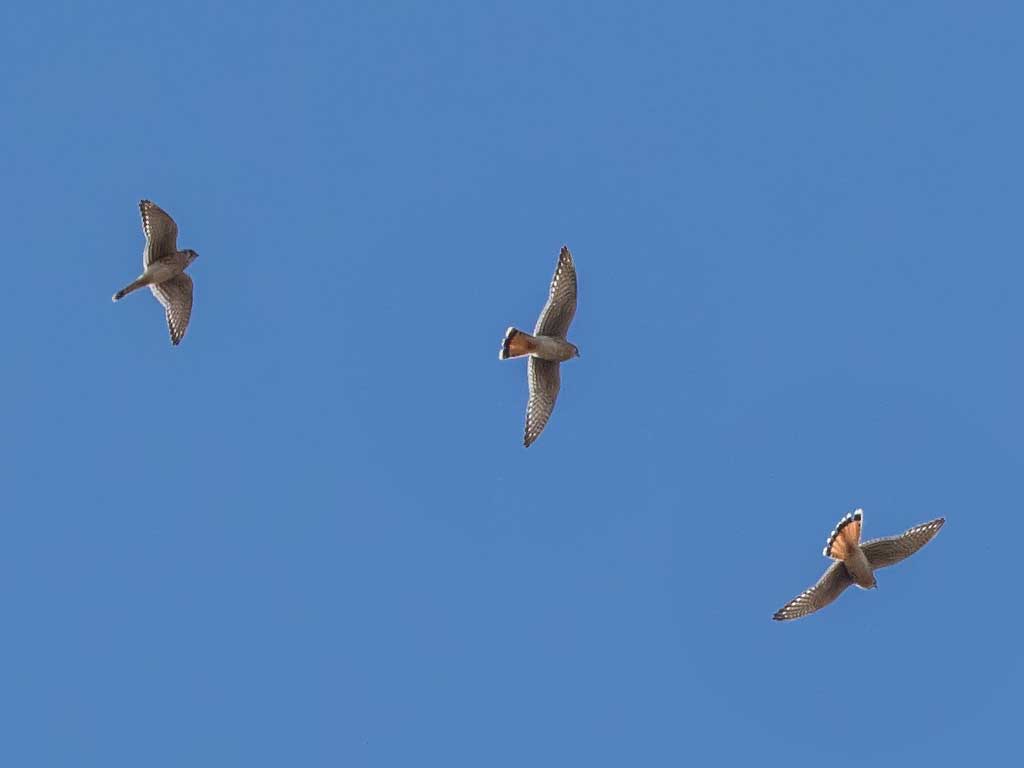 |
| Canon 7DII, EF 100-400mm f/4.5-5.6L IS - ISO 800, 160mm, f/8, 1/1600 sec (multiple combined frames) |


















